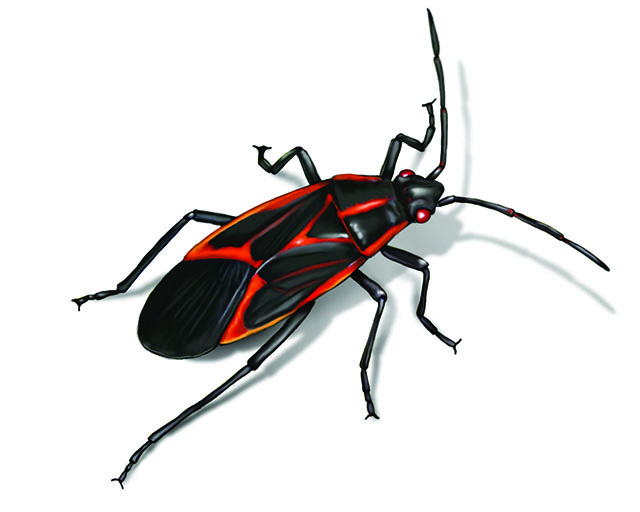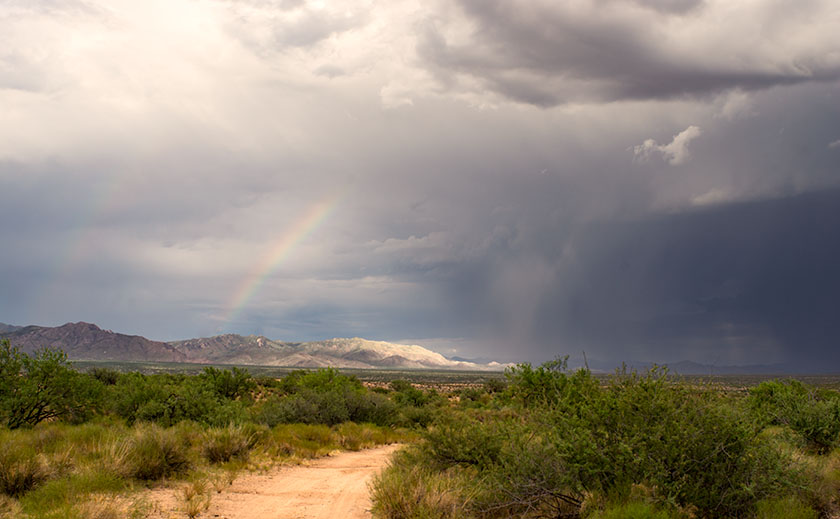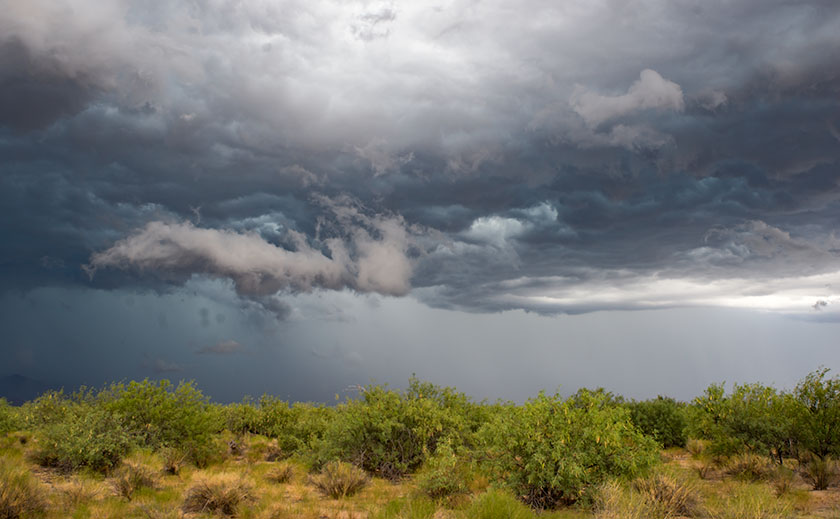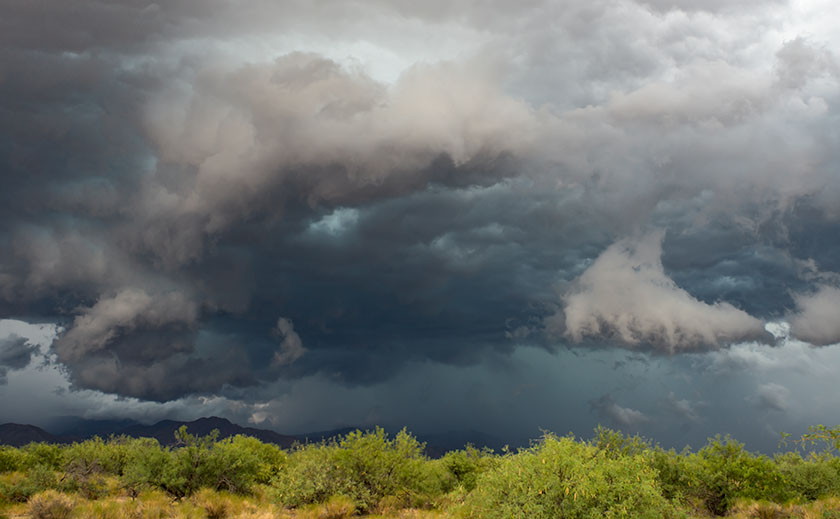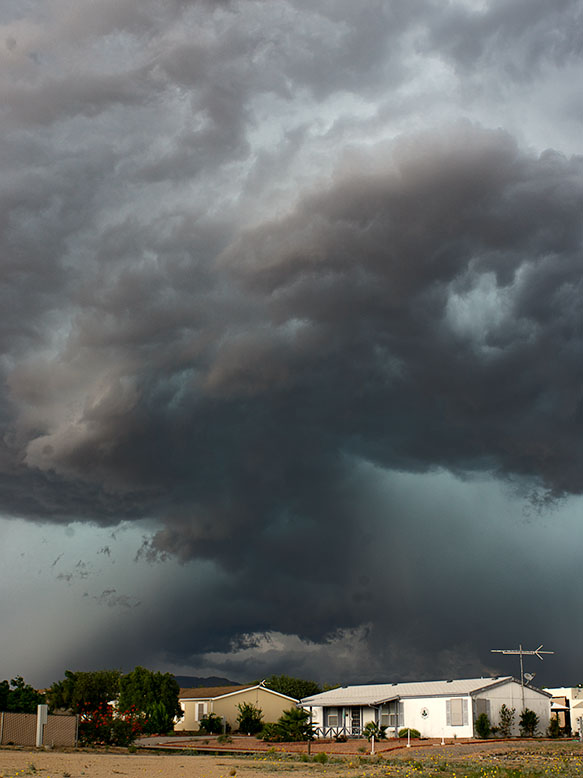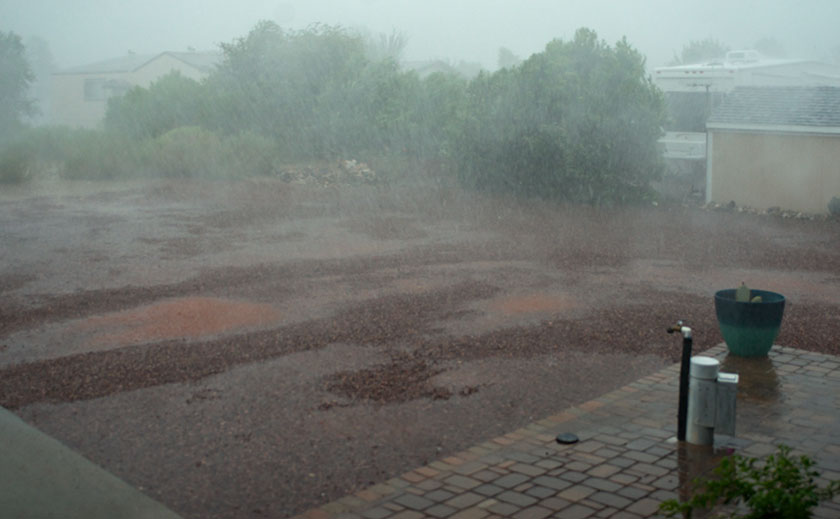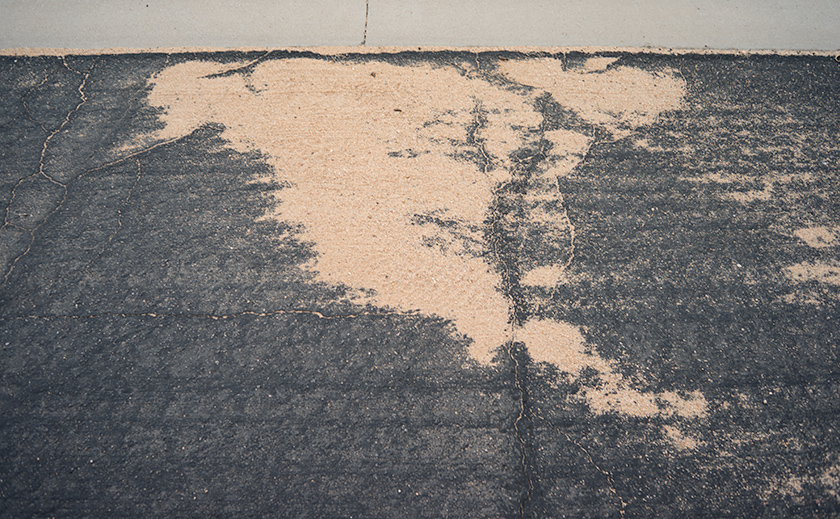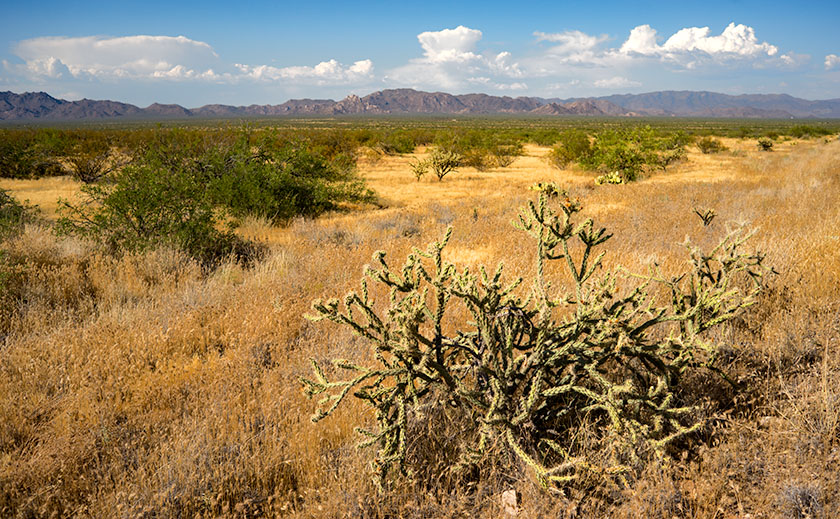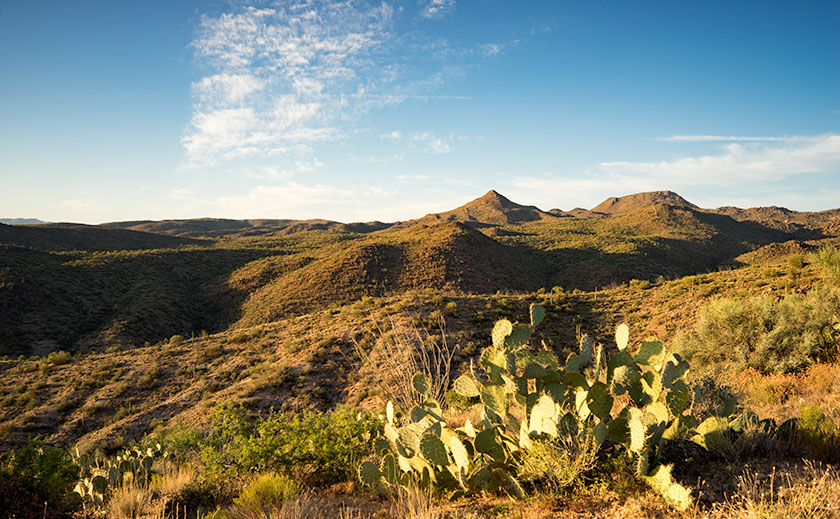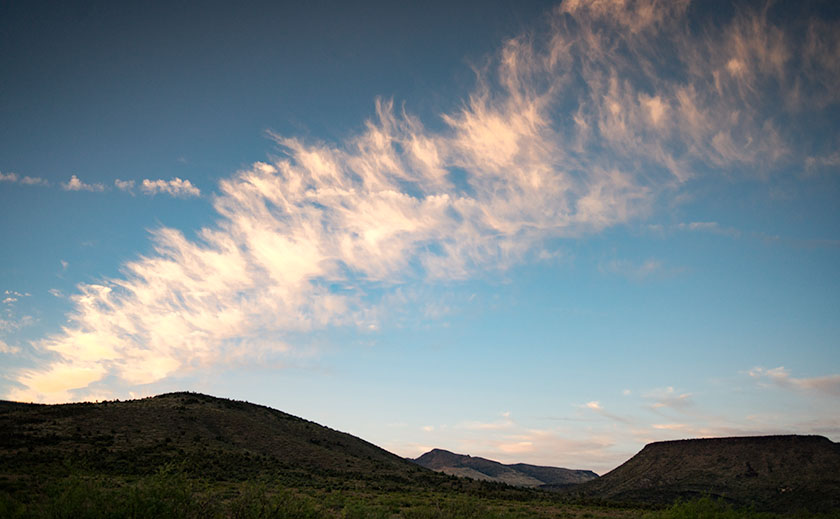The months before we married, my ex-wife bought a 59-cent Schefflera from Berridge Nursery as an apartment decoration. It came in a green plastic pint container and was less than six inches tall with the same number of shoots having the characteristic radial leaf pattern. She put it on the counter under the kitchen window so it could get enough light. Her cat, Frodo—the contemptuous animal cat—ate half of the tiny plant’s leaves at night. It would have made sense for her to toss the plant and run down the street to buy another, but she scolded the cat and moved the half-eaten plant to a safer place.
Ten years passed, and my ex and I went our separate ways. When we divided the house, I got custody of the Schefflera. By now, it was a waist-high shrubbery living in a large pot. When I moved into my condo, I put it at the end of my couch by French doors. It looked good there. Even when Queen Anne moved in, she agreed and promptly named it Harvey, which was how she marked her territory. Between the high ceilings and southern exposure, Harvey continued to grow. Like kids and shoes, we constantly re-potted him. He rose to eight feet. When we sat at that end of the couch, his overhead leaves would shade us.
After another decade, we wanted a house, and as we looked for a place, one of our considerations was where to put Harvey. He needed space. With the help of a realtor, we found a home only five miles away, and after navigating all the paperwork, we hired movers to schlep our crap to the new house. Harvey was among the last to go, so he was in someone’s pick-up truck. We didn’t trust him with the movers, but as I followed behind, I watched in horror as the forty-five-mile-an-hour wind began to shred his leaves. He looked like a tornado victim when we put him in the new house. He went into shock, and the taller branches were wind-burnt, so we pruned and nursed him. He managed to survive, but he was forever stunted.
The next time Queen Anne had her seven-year itch, we were wiser. We wrapped Harvey in a sheet on this move and put him inside the moving truck. He didn’t go into shock, and he made it without damage. He was a bit stubbier but had new growth each year. We found a spot for him in the family room at the end of the couch, where he watched TV and listened to music with us for another seven years.
Our latest move was two years ago—to Congress and retirement. By now, we were old hands moving our pygmy tree. Even though we stayed in temporary housing for a month, Harvey took his place at the couch’s end and stood proudly when we settled in. As we neared our Alaska Trip, he looked scraggly, and we worried he wouldn’t make it, so Anne found a plant-sitter to look after Harvey and his siblings. Before we left, we moved everyone to the dining room, where the light was better and not as warm. The plant-sitters did an excellent job, and all the plants survived the summer without us.
Even though we’ve stayed home this year, we haven’t been as lucky. With the porch and large Palo Verde tree out front, the light in the living room is marginal. We’ve also been closing the blinds to manage the summer heat, which means less light. Harvey started losing leaves. We moved him to the dining room and in front of the guest bedroom’s north-facing window to get more light. Anne has rooted in the soil, trying to aerate it. His last leaf fell off on Tuesday. I think he’s root-bound and has slowly drowned. He looks like the summer mesquite—just leafless branches. I’m afraid our forty-five-year-old living room centerpiece has gone to the great salad bar in the sky. I suggested to Anne that we throw in the towel and replace him.
She turned, scowled, and barked, “He’s not dead … he’s merely resting his eyes.”
Till then … jw

